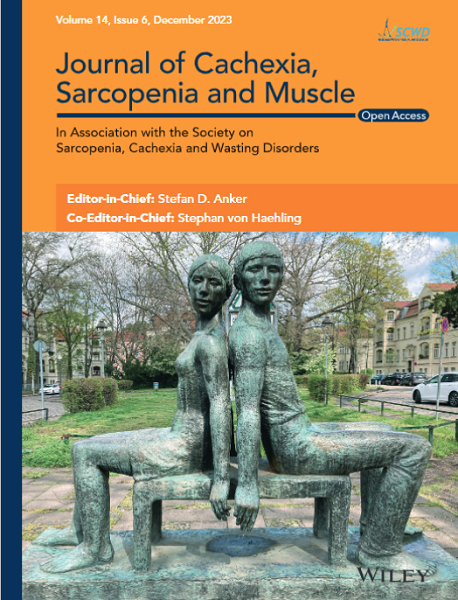snRNA-Seq and Spatial Transcriptome Reveal Cell–Cell Crosstalk Mediated Metabolic Regulation in Porcine Skeletal Muscle
Abstract
Background
Cell–cell crosstalk between myogenic, adipogenic and immune cells in skeletal muscle to regulate energy metabolism and lipid deposition has received considerable attention. The specific mechanisms of interaction between the different cells in skeletal muscle are still unclear.
Methods
Using integrated analysis of snRNA-seq and spatial transcriptome, the gene expression profile of longissimus dorsi (LD) muscle was compared between adult Taoyuan black (TB, obese, native Chinese breed) and Duroc (lean) pigs.
Results
TB pig had more intramuscular fat (IMF) deposition (3.91%, p = 0.0244) and higher slow myofiber proportion (17.13%, p < 0.0001) compared with Duroc pig (IMF, 2.38%; slow myofiber, 6.92%) at the age of 180 days. We identified eight cell populations in porcine LD muscle. Five subpopulations of myonuclei and 10 subclusters of fibro/adipogenic progenitors (FAPs) were defined by marker genes. CellChat analysis revealed that communication between immune cells and other cells via the BMP and EGF signalling pathway was only observed in Duroc and not in TB pig. Both snRNA-seq and spatial transcriptome pointed out that FAPs are the important source of secretory proteins. A total of 35 upregulated and 23 downregulated differentially expressed genes (DEGs) were annotated as secretory, one upregulated and 36 downregulated secretory DEGs were identified between TB and Duroc pigs in FAPs by snRNA-seq and FAPs-high regions by spatial transcriptome, respectively. The distribution of FAPs was accompanied by the divergent myofiber-type composition. The expression level of slow myofiber marker gene (MYH7) was higher in both FAPs-high and FAPs-low regions of TB compared with Duroc pig (p < 0.0001), and expression level of fast myofiber maker gene (MYH1) was upregulated in FAPs-high region of Duroc compared with FAPs-high region of TB (p < 0.0001) and FAPs-low region of Duroc pig (p = 0.0002). The metabolic differences of myofibers between TB and Duroc pigs were mainly concentrated in energy, lipid and nitrogen metabolism-related pathway (p < 0.05). The significant correlation (R > 0.4, p < 0.05) between secretory and metabolism-related DEGs with spatial aggregation was verified by regression analysis for random region extraction (area of 25 spots, n = 400) from spatial transcriptome, and we speculated that the alteration of secretory proteins forming the microenvironment might regulate myofiber metabolism via target genes such as IRS1, PLPP1 and SLC38A2.
Conclusions
Our study provides new insights into skeletal muscle microenvironment that contributes to metabolic regulation and new methods and resources to study cell–cell communication in skeletal muscle.


 求助内容:
求助内容: 应助结果提醒方式:
应助结果提醒方式:


